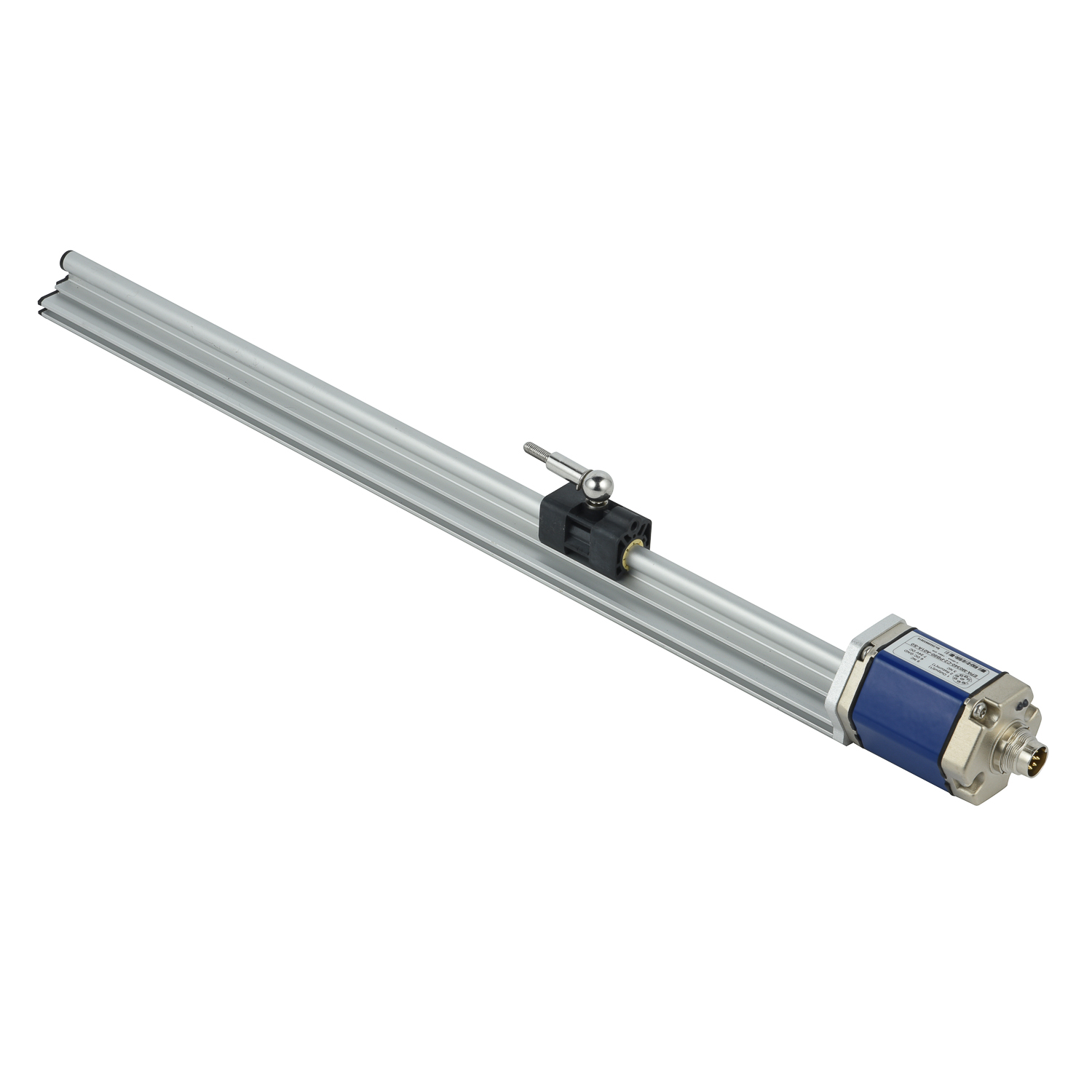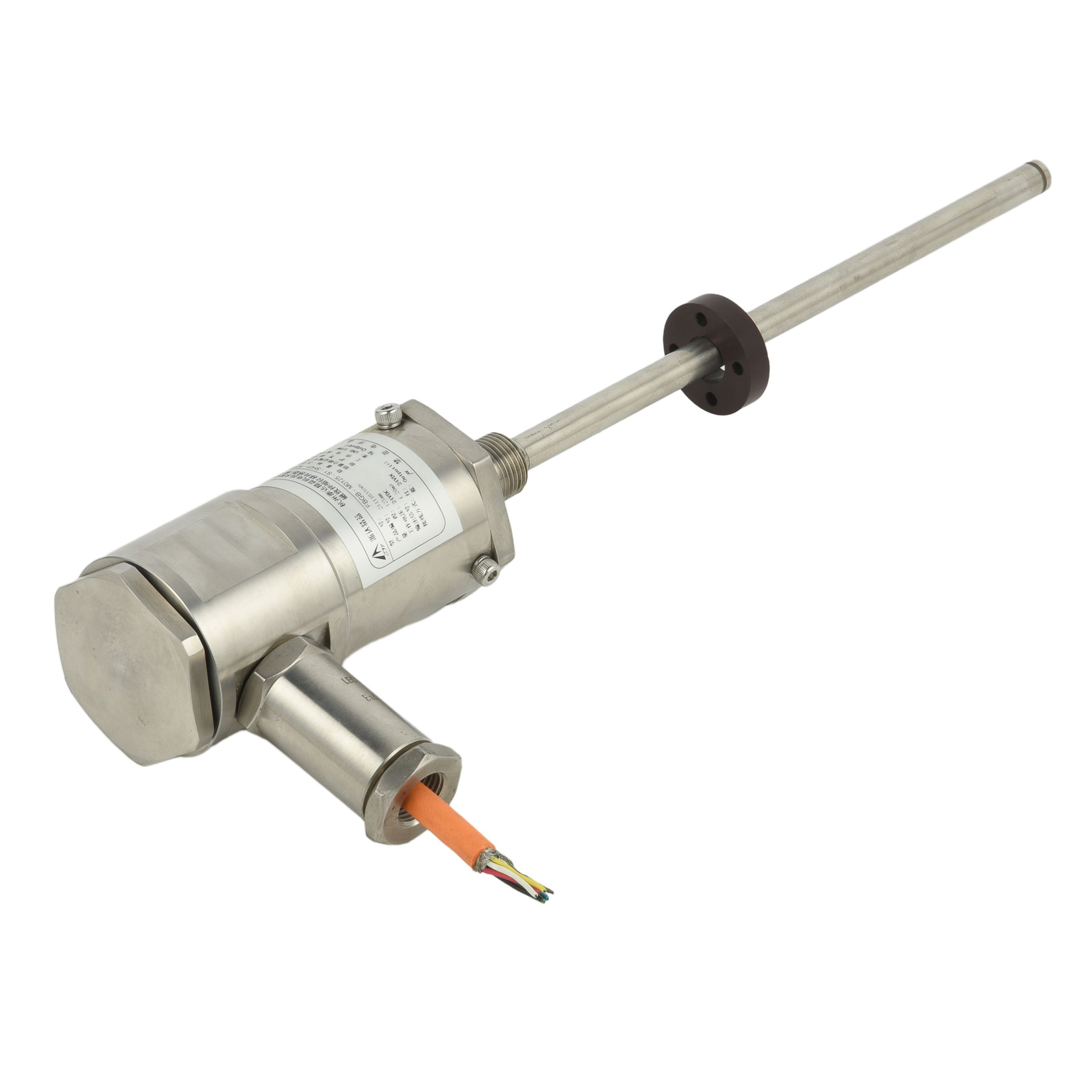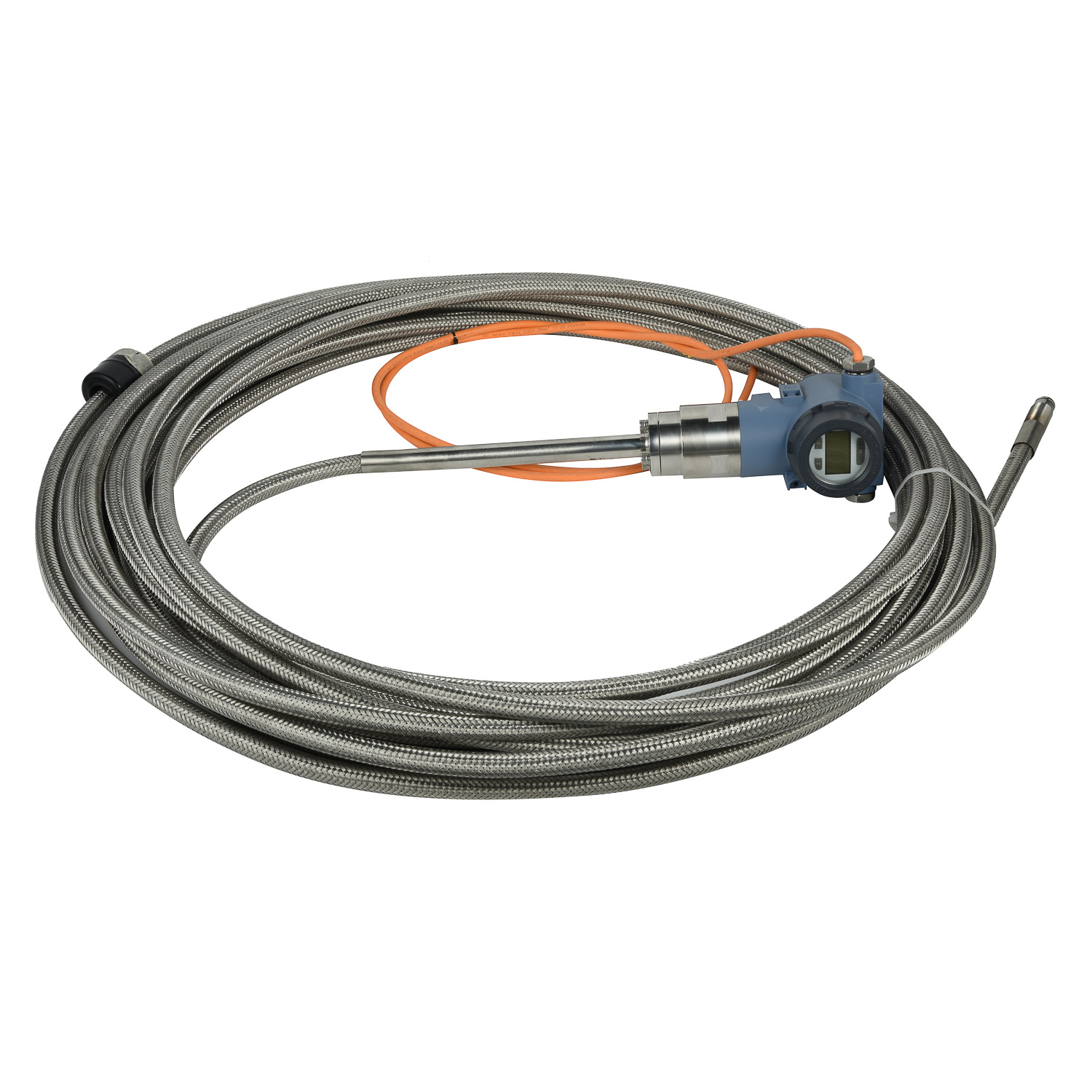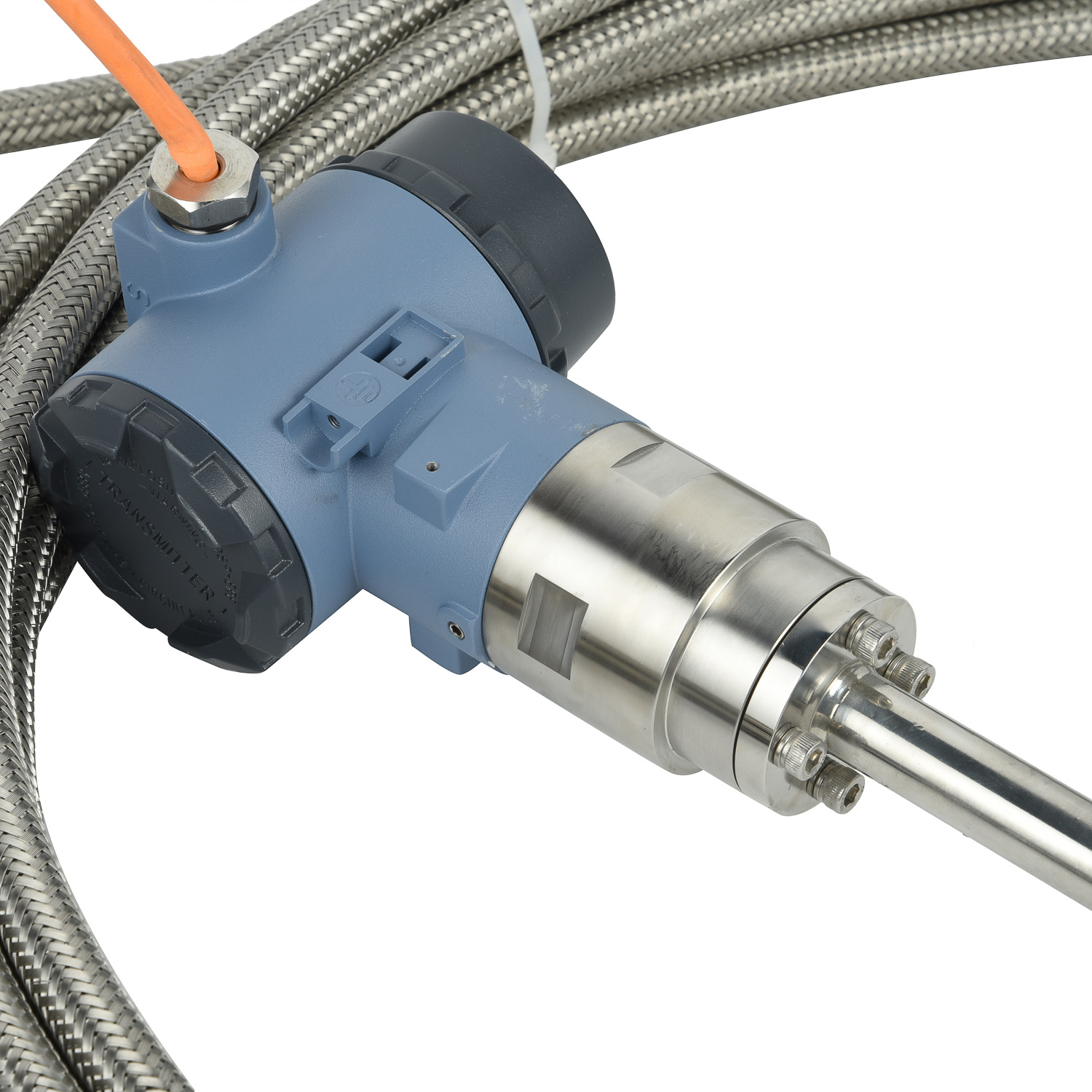What's the application of magnetostrictive technology in building energy monitoring?
Introduction to Magnetostrictive Sensing
Magnetostrictive technology represents a significant leap forward in precision measurement. This advanced sensing method relies on the magnetostrictive effect, where certain materials change shape or dimensions in the presence of a magnetic field. In the context of building energy management, this physical phenomenon is harnessed to create highly accurate sensors capable of monitoring various parameters critical to energy consumption. The technology's ability to provide non-contact, real-time data makes it exceptionally suitable for the demanding environment of modern building automation systems, where efficiency and accuracy are paramount.
Core Principles: How Magnetostrictive Sensors Work
At its heart, magnetostrictive sensing involves a waveguide made from a magnetostrictive material, such as ferromagnetic alloy. A current pulse is sent through this waveguide, generating a circular magnetic field. When an external position magnet, attached to the moving part being measured (like a valve stem or piston), interacts with this field, it creates a torsional strain wave. The time delay between the initiation of the current pulse and the detection of this returning wave is measured with extreme precision. This time-of-flight measurement directly correlates to the position of the magnet, allowing for resolutions in the micrometer range, which is essential for fine-tuning energy flows in complex building systems.
Application in HVAC System Optimization
Heating, Ventilation, and Air Conditioning (HVAC) systems are the largest energy consumers in most buildings. Magnetostrictive technology plays a pivotal role in optimizing their performance. Linear position sensors are used to precisely control damper positions in variable air volume (VAV) systems, ensuring the exact amount of conditioned air is delivered to each zone. Similarly, these sensors provide accurate feedback on valve stems in hydronic heating and cooling systems, enabling precise modulation of water flow. This level of control eliminates energy waste from over-conditioning, leading to substantial reductions in electricity and fuel consumption while maintaining optimal occupant comfort.

Real-Time Energy Consumption Monitoring
Beyond mechanical control, magnetostrictive sensors are integral to monitoring energy usage itself. They can be employed in advanced flow meters for chilled and hot water, providing highly accurate data on thermal energy transfer. This real-time consumption data is fed into the building's energy management system (BMS), allowing facility managers to identify patterns, detect anomalies, and verify the effectiveness of efficiency measures immediately. The high reliability and long-term stability of magnetostrictive sensors ensure that this data remains accurate for years, forming a trustworthy foundation for energy analytics and reporting.
Predictive Maintenance and System Longevity
The precision of magnetostrictive technology also unlocks powerful predictive maintenance capabilities. By continuously monitoring the position and movement of critical components like pump pistons or actuator arms, these sensors can detect subtle changes in operation that signal impending failure, such as increased friction or misalignment. Early detection of such issues allows maintenance to be scheduled proactively, preventing costly downtime, catastrophic system failures, and the energy inefficiencies that often accompany deteriorating equipment. This not only extends the lifespan of expensive building systems but also ensures they operate at peak efficiency throughout their life cycle.
Integration with Smart Building IoT Networks
The true potential of magnetostrictive technology is fully realized when integrated into the Internet of Things (IoT) framework of a smart building. These sensors act as high-fidelity data collection points on the network's edge. Their digital output can be seamlessly communicated to cloud-based analytics platforms via building automation protocols. Here, data from magnetostrictive sensors can be correlated with information from other systems—like occupancy sensors and weather forecasts—to enable AI-driven, fully autonomous optimization of a building's entire energy footprint, pushing efficiency to levels previously unattainable.
Conclusion: A Foundation for Sustainable Infrastructure
In conclusion, magnetostrictive technology is far more than a simple sensing solution; it is a foundational technology for constructing sustainable, intelligent, and energy-efficient buildings. Its unparalleled accuracy and reliability in monitoring and control applications directly translate into reduced operational costs, lower greenhouse gas emissions, and enhanced building performance. As the demand for green building certifications and net-zero energy structures grows, the role of magnetostrictive technology in energy monitoring will undoubtedly become increasingly critical, solidifying its position as a key enabler of the sustainable infrastructure of the future.
 UpgradingYourLevelMeasurementS
UpgradingYourLevelMeasurementS
 Why are magnetostrictive level
Why are magnetostrictive level
 ComparingMagnetostrictiveandRa
ComparingMagnetostrictiveandRa
 MagnetostrictiveLevelSensorfor
MagnetostrictiveLevelSensorfor
